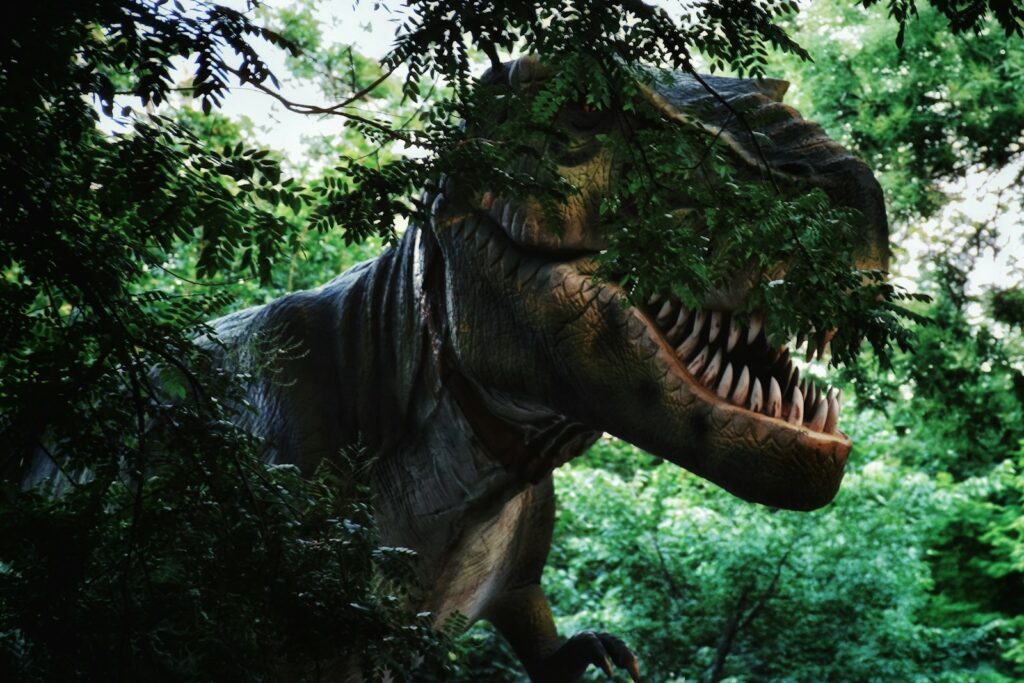The Jurassic period, spanning from approximately 201 to 145 million years ago, witnessed the evolution of some of Earth’s most formidable predators. While popular culture often spotlights solitary hunters like Allosaurus, the Jurassic era also featured sophisticated pack hunters that developed coordinated group tactics to bring down prey much larger than themselves. These social predators revolutionized hunting strategies and represented a significant evolutionary advancement in predatory behavior.
Through fossil evidence, trackways, and comparative studies with modern predators, paleontologists have pieced together fascinating insights into how these ancient pack hunters lived, hunted, and dominated their environments during one of the most dramatic chapters in Earth’s history.
The Rise of Pack Hunting Behavior
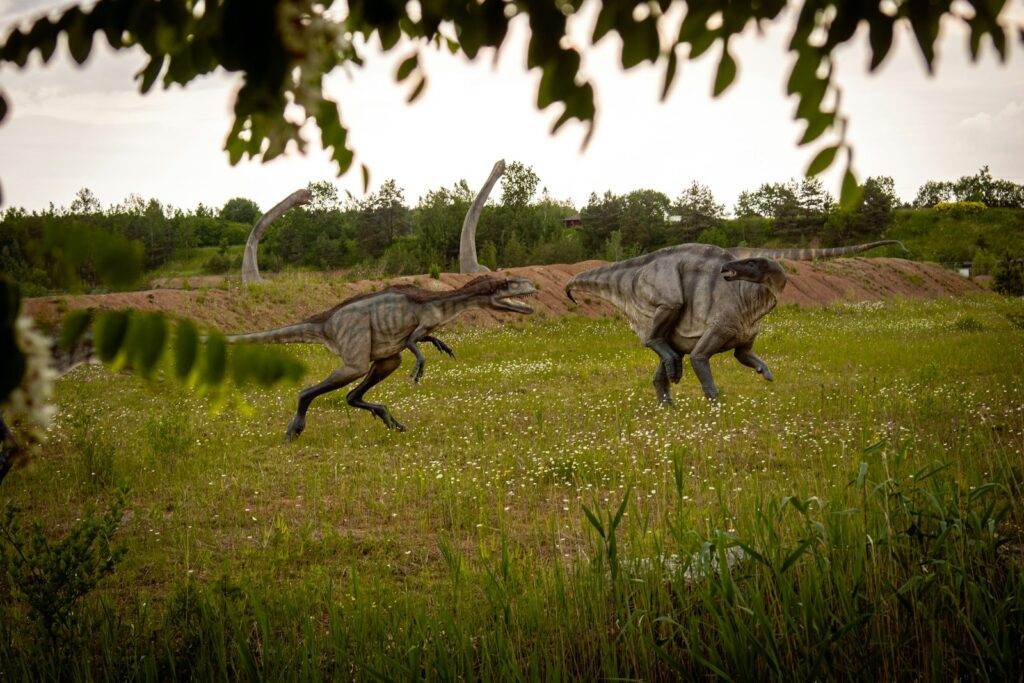
Pack hunting represents a sophisticated evolutionary adaptation that appeared multiple times throughout dinosaur history. During the Jurassic period, this behavior emerged as a response to ecological pressures and opportunities, allowing certain predator species to exploit resources more efficiently than their solitary counterparts. Fossil evidence suggests that pack hunting developed independently in several theropod lineages, indicating its evolutionary advantage.
The coordination required for successful group hunting necessitated advanced social structures and communication systems within these dinosaur communities. Paleontologists believe that environmental factors, including prey diversity and the emergence of larger herbivorous dinosaurs, created selection pressures that favored cooperative hunting strategies among certain predator species.
Allosaurus: The Controversial Pack Hunter

Allosaurus, reaching lengths of up to 12 meters and weighing approximately 2.3 tons, has been the subject of intense debate regarding its social behavior. The Cleveland-Lloyd Dinosaur Quarry in Utah, containing remains of at least 46 Allosaurus individuals, has prompted theories about pack behavior, though some scientists suggest these accumulations may represent mass mortality events rather than evidence of social structures.
Recent research analyzing bone beds in the Morrison Formation has identified tooth marks consistent with multiple Allosaurus individuals feeding on the same carcass, potentially indicating cooperative hunting or at least communal feeding behaviors. Biomechanical studies of Allosaurus jaws suggest they used their heads like hatchets, a technique that would have been more effective when multiple individuals attacked different portions of a larger prey animal simultaneously.
Computer modeling of Allosaurus hunting capabilities indicates that coordinated pack attacks would have significantly increased their ability to take down the massive sauropods that shared their environment.
Ceratosaurus: Evidence for Social Behavior

Ceratosaurus, a distinctive theropod with a prominent nasal horn and elongated teeth, has yielded intriguing evidence of potential pack behavior. Multiple Ceratosaurus specimens discovered in close proximity at the Cleveland-Lloyd Quarry and other Morrison Formation sites suggest these predators may have at least occasionally operated in groups. Their unique physical adaptations, including robust jaws and specialized dentition, would have allowed them to occupy a different ecological niche than Allosaurus, potentially specializing in aquatic prey or scavenging.
Track evidence from the Jurassic of Portugal includes multiple Ceratosaurus-type footprints moving in parallel, which some paleontologists interpret as evidence of coordinated movement. The distinctive nasal horn may have served as a visual signal between pack members, allowing for recognition and coordination during hunts in dense forest environments where the Ceratosaurus is thought to have preferred hunting.
Megalosaurus: Europe’s Pack-Hunting Pioneer
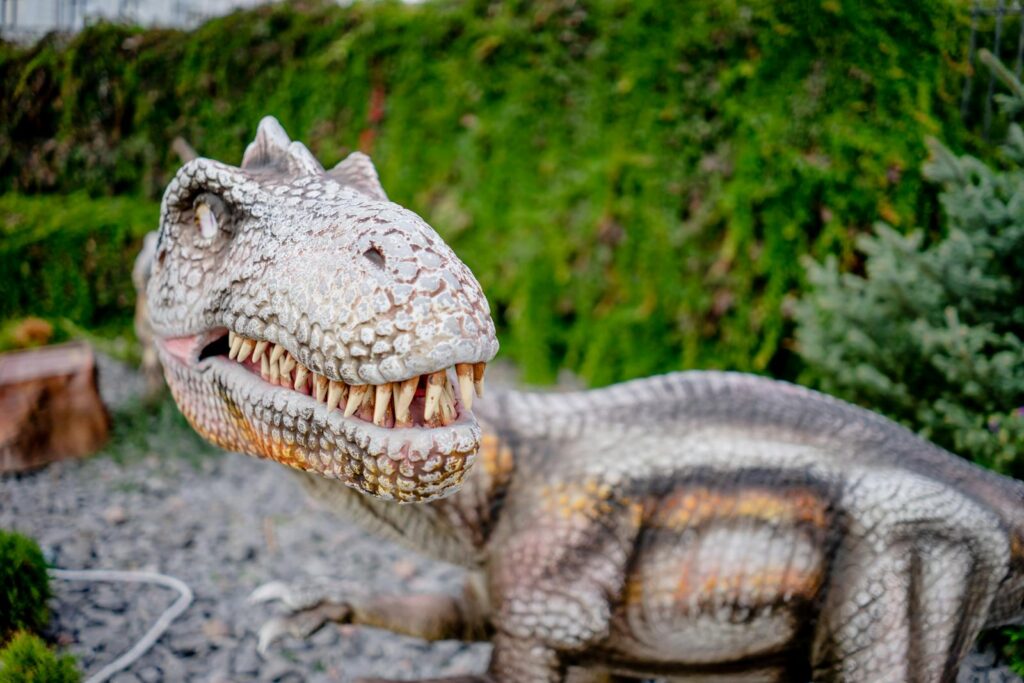
Megalosaurus, one of the first dinosaurs ever scientifically described, has yielded evidence suggesting it may have engaged in cooperative hunting behaviors. Fossil discoveries from the Middle Jurassic of England and France have uncovered multiple Megalosaurus specimens of different age groups preserved together, potentially indicating family groups or hunting parties. This 9-meter predator possessed powerful forelimbs with large claws that could have been used to grapple and hold struggling prey while other pack members delivered killing bites.
Tooth mark analysis on herbivore fossils from the same formations shows patterns consistent with multiple individual Megalosaurus feeding on the same carcass. The distribution of Megalosaurus remains throughout ancient floodplain environments suggests these predators may have employed coordinated ambush tactics to intercept migrating herbivores at river crossings, similar to how modern crocodiles hunt in groups.
Marshosaurus: The Overlooked Pack Hunter
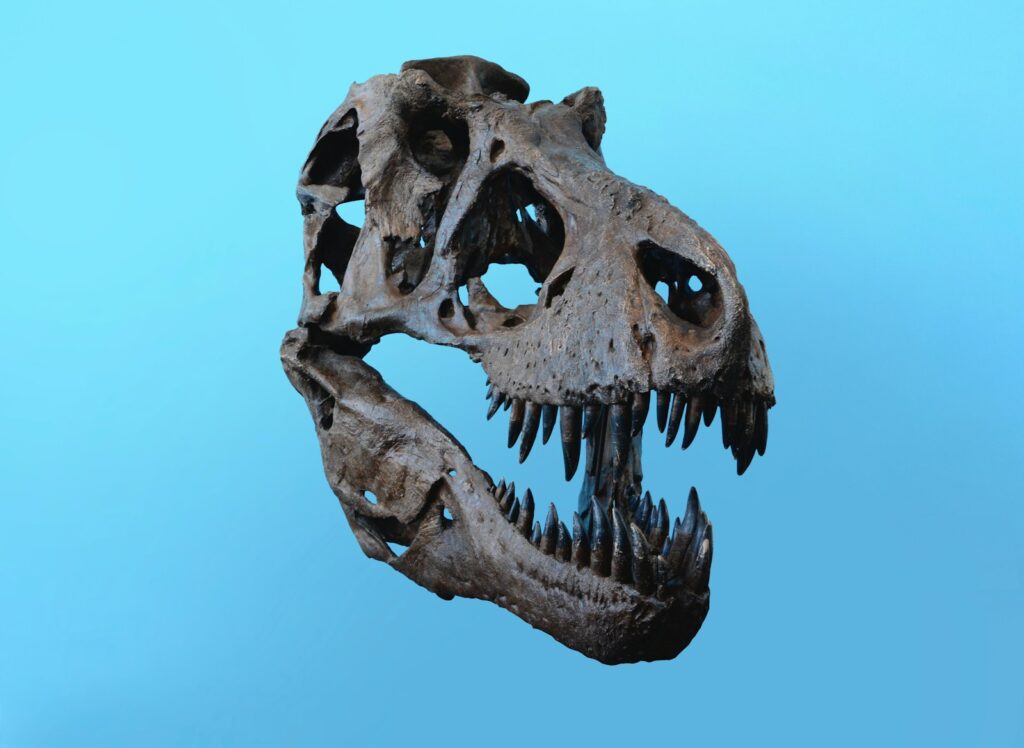
Marshosaurus, a medium-sized theropod from the Late Jurassic Morrison Formation, has received increasing attention as a potential pack hunter based on recent fossil discoveries. Although less famous than its larger contemporaries, fossil evidence suggests that the Marshosaurus operated in coordinated groups to bring down prey that would have been too large for individuals to tackle alone. Multiple Marshosaurus specimens have been recovered from the same bone beds, with age distributions suggesting family groups rather than random assemblages.
Their skull morphology indicates a powerful bite force for their size, which, when multiplied across a coordinated pack, would have made them formidable predators capable of taking down juvenile sauropods or adult ornithopods. Trackway evidence from the Morrison Formation includes sets of theropod footprints consistent with Marshosaurus size moving in parallel formation, potentially representing hunting parties traversing ancient floodplains.
Torvosaurus: The Apex Pack Predator
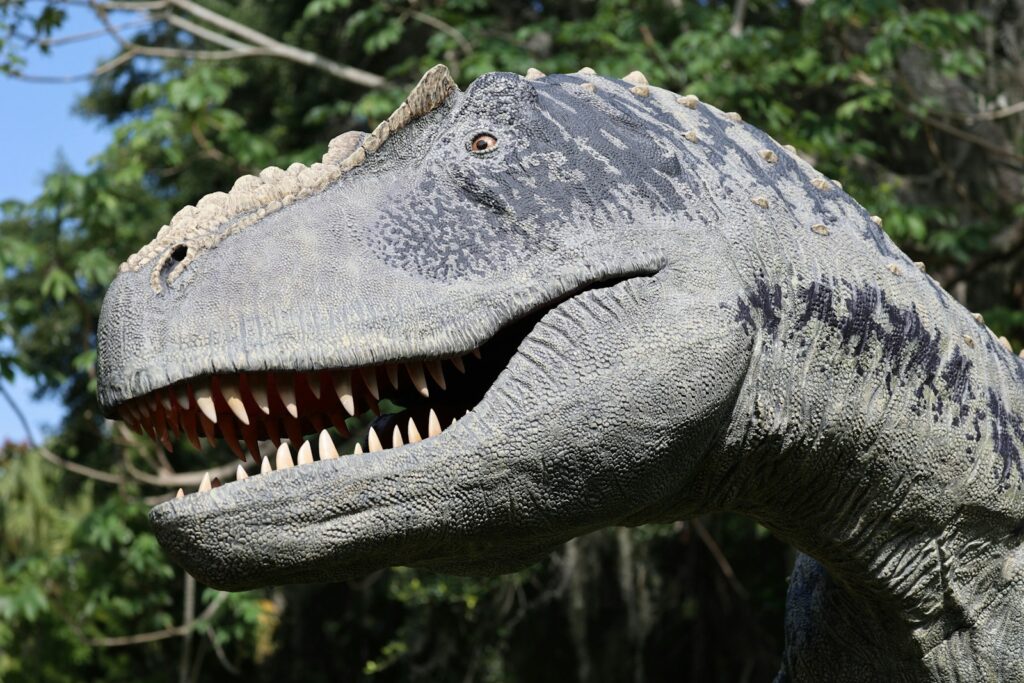
Torvosaurus, one of the largest carnivores of the Late Jurassic at approximately 10 meters in length, has yielded compelling evidence of pack hunting behavior that would have made it a terrifying apex predator. Fossil sites in Portugal and the western United States have uncovered multiple Torvosaurus individuals preserved in close association, suggesting social grouping. Their massive skulls housed teeth up to 10 centimeters long with serrated edges designed for slicing through thick hide and muscle—a formidable weapon multiplied across a coordinated pack.
Biomechanical analysis indicates Torvosaurus possessed unusually powerful forelimbs for a theropod, potentially allowing pack members to hold struggling prey while others delivered fatal bites. Pathological evidence on herbivore fossils from the Morrison Formation shows wound patterns consistent with coordinated attacks from multiple directions, a hunting strategy that would have allowed Torvosaurus packs to bring down even the largest sauropods of their time.
Sciurumimus: Small But Social

Sciurumimus, a small theropod from the Late Jurassic of Germany known from exquisitely preserved specimens, has provided paleontologists with evidence suggesting sophisticated social behaviors despite its modest size. Multiple specimens preserved in a single formation layer indicate these 2-3 meter predators likely lived and hunted in groups, potentially targeting prey through coordinated ambush tactics.
Their relatively large eyes suggest excellent vision, possibly including enhanced nocturnal capabilities that would have allowed packs to hunt during times when larger predators were less active. The well-preserved integument (skin) of Sciurumimus shows evidence of elaborate filamentous structures that may have served the dual purposes of insulation and visual display, potentially aiding in pack coordination and recognition.
Dental analysis indicates a diet that likely included small vertebrates, large insects, and juvenile dinosaurs—prey that would have been more efficiently captured through coordinated pack tactics rather than solitary hunting.
Monolophosaurus: China’s Pack-Hunting Terror
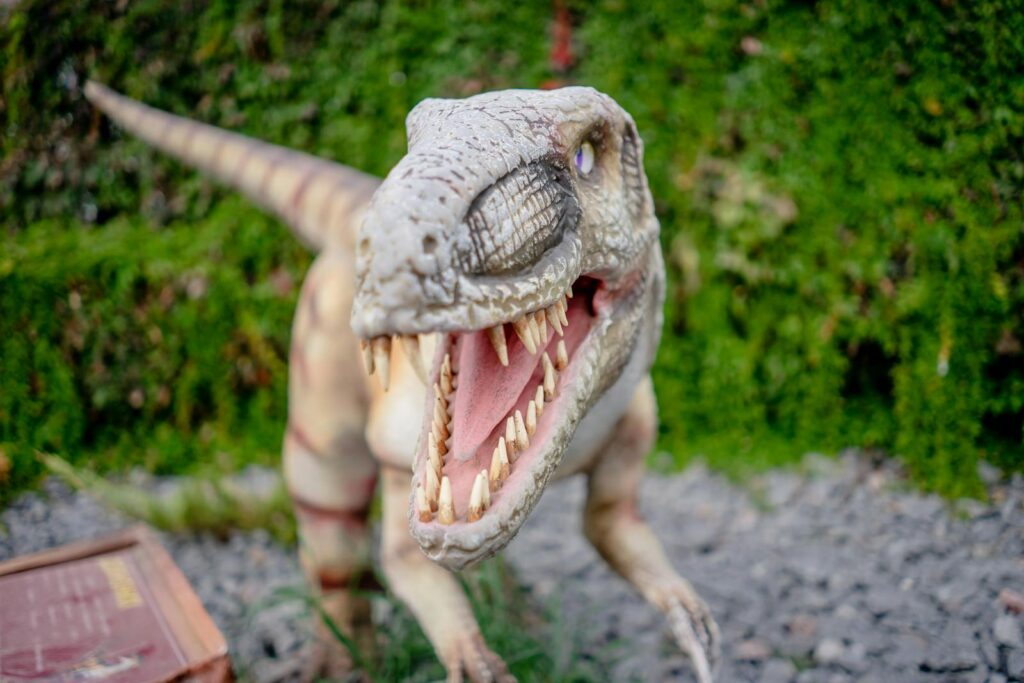
Monolophosaurus, distinguished by its single elaborate cranial crest, has emerged as a strong candidate for pack-hunting behavior based on discoveries from the Middle Jurassic Shishugou Formation of China. Multiple individuals of varying age classes have been discovered in close proximity, suggesting family groups or established packs that included both juvenile and adult members. Their distinctive cranial crest likely served multiple functions, including species recognition and potential vocal resonance that could have facilitated communication between pack members during hunts.
Biomechanical studies of Monolophosaurus skulls indicate a powerful bite force with specialized teeth designed for slicing through flesh—a combination that would have been devastating when multiple individuals attacked simultaneously. Trace fossils from the same formation show evidence of theropod feeding patterns consistent with group behavior, with multiple angles of tooth marks suggesting several individuals feeding on the same carcass.
Hunting Strategies and Pack Dynamics

Jurassic pack hunters employed sophisticated strategies that maximized their hunting success while minimizing individual risk. Trackway evidence suggests some species used ambush tactics, with pack members strategically positioning themselves to intercept prey animals along well-established game trails or water sources. Other species appear to have employed pursuit hunting, with different pack members taking complementary roles—some individuals driving prey toward waiting ambushers in a strategy similar to that used by modern wolves.
Pack hierarchy appears to have been an important social dynamic, with evidence of size differentiation within fossil assemblages suggesting age-based social structures that likely determined hunting roles and feeding priorities. Evidence of healed injuries in some specimens indicates pack support systems may have existed, allowing injured individuals to survive despite temporary hunting disabilities—a characteristic seen in modern social predators that care for pack members.
Communication Between Pack Members

Effective communication would have been essential for coordinating successful pack-hunting strategies among Jurassic predators. Many pack-hunting theropods possessed cranial features such as crests, horns, or rugosities that likely served dual purposes as visual signaling devices and potential sound resonators. Neuroanatomical studies of theropod brain cases suggest that many species possessed well-developed optic lobes and olfactory bulbs, indicating sophisticated sensory capabilities that would have facilitated coordination during hunts.
Trackway evidence showing multiple individuals moving in synchronized patterns suggests these animals possessed methods of maintaining formation even in complex terrain or limited visibility conditions. Some paleontologists theorize that vocalizations played a crucial role in pack coordination, with cranial structures potentially acting as resonance chambers to produce distinctive calls that could convey information about prey location, pack positioning, or hunting stages.
Evolution of Pack Hunting Across the Jurassic

The evolution of pack-hunting behavior shows a progressive refinement throughout the Jurassic period as predators adapted to changing ecological pressures. Early Jurassic predators like Dilophosaurus show limited evidence of social behavior, while Middle and Late Jurassic species demonstrate increasingly sophisticated coordination based on fossil assemblages and trackway evidence.
This evolutionary trajectory appears to correlate with the diversification and gigantism of herbivorous dinosaurs, suggesting pack hunting developed as an adaptation to tackle larger prey that offered greater nutritional rewards but required coordinated attacks. Neuroanatomical studies indicate a trend toward larger brain-to-body ratios in suspected pack-hunting species compared to solitary predators, suggesting increased cognitive demands associated with social coordination.
Geographic patterns show pack-hunting strategies emerging independently in different regions and lineages throughout the Jurassic, indicating strong selective pressure favoring this hunting strategy across diverse ecosystems.
Modern Parallels: Comparing to Today’s Pack Hunters
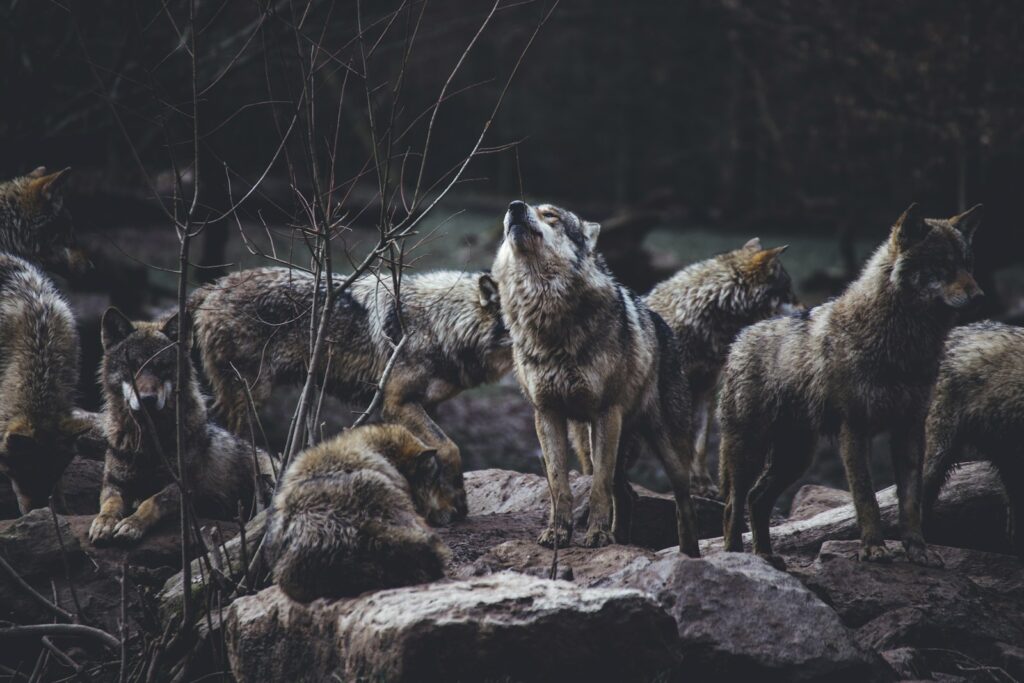
Studying modern pack hunters provides valuable insights into the likely behaviors of their Jurassic counterparts, revealing evolutionary parallels despite vast temporal separation. Like modern wolves, Jurassic pack hunters likely established territories they defended against rival packs, a behavior suggested by the geographic distribution of fossil assemblages that rarely overlap.
The specialized hunting roles observed in spotted hyenas, where different pack members perform specific functions during a hunt, may mirror the division of labor in Jurassic packs indicated by variations in tooth wear patterns across individuals from the same assemblage. The complex communication systems of African wild dogs, which combine vocalizations with visual signals to coordinate hunts across varied terrain, offer a model for understanding how Jurassic pack hunters likely maintained coordination during complex hunting maneuvers.
Modern pack hunters typically demonstrate food-sharing behaviors and established feeding hierarchies, patterns that are consistent with feeding trace fossils showing multiple theropods feeding on single carcasses in apparent sequence rather than chaotic competition.
Impact on Jurassic Ecosystems

The emergence of pack-hunting behavior among Jurassic predators fundamentally transformed ecosystem dynamics across the period. These coordinated hunters exerted new selective pressures on prey species, potentially driving the evolution of defensive adaptations, including larger body size, herding behavior, and defensive weaponry among herbivorous dinosaurs.
The ability of pack hunters to take down larger prey altered energy flow through food webs, allowing more efficient exploitation of the massive biomass represented by sauropods and other large herbivores. Fossil evidence suggests pack-hunting theropods could regulate herbivore populations more effectively than solitary predators, potentially preventing overgrazing and maintaining plant diversity across Jurassic landscapes.
The geographic expansion of pack-hunting species throughout the Jurassic indicates their ecological success, with fossil evidence showing these social predators establishing themselves across multiple continents and diverse habitat types from coastal plains to inland forests.
Conclusion

The Jurassic period witnessed the evolution of sophisticated pack-hunting behaviors that transformed predator-prey dynamics and reshaped ecosystems across the globe. Through coordinated hunting strategies, complex communication, and social structures, these ferocious pack hunters achieved predatory success that would have been impossible for solitary individuals. The fossil record continues to yield new insights into these fascinating social predators, revealing increasingly complex pictures of their hunting behaviors, pack dynamics, and ecological impacts.
By studying these ancient social hunters and drawing parallels with modern pack predators, paleontologists continue to develop a more nuanced understanding of how these remarkable animals lived, hunted, and thrived during the age of dinosaurs. Their legacy of coordinated predation would continue and diversify through subsequent periods, ultimately influencing predator evolution for millions of years to come.

